Understanding ChatGPT 3.5 and ChatGPT 4
Introduction to GPT-3.5
Generative Pretrained Transformer (GPT) versions have rapidly evolved, each outdoing its predecessor with notable advancements. GPT-3.5 came as a hybrid between GPT-3 and GPT-4, offering significant improvements over the former while preparing the groundwork for the latter.
Introduction to GPT-4
Then came GPT-4, a more powerful AI model, taking leaps in language understanding, generation capabilities, and overall performance. This model exemplifies the strides made in machine learning and natural language processing.
GPT-3.5: Capabilities
GPT-3.5 improved on several aspects of GPT-3. It delivered more coherent, detailed, and contextually relevant responses. Furthermore, its improved knowledge cutoff enabled it to have more up-to-date information, adding to its versatility.
GPT-4: Capabilities
GPT-4 took everything a step further. The quality of generated text improved significantly, being more specific, context-aware, and coherent. With its vast training data, it outperformed previous versions in language understanding and task versatility.
The Core Differences
The main differences between GPT-3.5 and GPT-4 include their language understanding, performance and efficiency, training data, and real-world applications.

Language Understanding
GPT-4 boasts an enhanced language understanding, partly due to the expansive training data it utilizes. It interprets prompts more accurately and generates more contextually relevant responses than GPT-3.5.
Performance and Efficiency
GPT-4 operates at a greater efficiency, handling complex tasks more quickly. It performs at a higher level, providing more accurate and relevant results. The model is more reliable, delivering consistent results across diverse tasks.
Training Data and Knowledge Cut-off
GPT-4 has a more extensive training data set and knowledge cut-off. It means GPT-4 knows more about the world than GPT-3.5, considering its training up to a more recent date.
Real-World Applications
While GPT-3.5 was instrumental in numerous applications, GPT-4 has found even more use cases, given its enhanced capabilities. From content creation to advanced AI chatbots, it has proven to be highly versatile.

Pros and Cons
Each version comes with its advantages and drawbacks.
Pros of GPT-3.5
GPT-3.5 improved the language understanding and generation capabilities of its predecessor, delivering better context awareness and detail in responses.
Cons of GPT-3.5
However, GPT-3.5 had limitations. Its performance on complex tasks wasn’t as high as the subsequent version, and it had a shorter knowledge cut-off.
Pros of GPT-4
GPT-4 brings higher efficiency, better language understanding, and improved performance on complex tasks. It has a larger training dataset, extending its knowledge cut-off, and thus, the scope of its applicability.
Cons of GPT-4
Despite its advancements, GPT-4 isn’t perfect. Training such a powerful model requires significant computational resources, which could raise environmental and economic concerns.
Possible Future Versions
As AI technology progresses, future iterations of the GPT series could be expected to demonstrate further advancements in language understanding and computational efficiency, along with wider real-world applications and an extended knowledge cut-off.

Conclusion
The evolution from GPT-3.5 to GPT-4 reflects the remarkable progress in the field of AI, with each version demonstrating distinct strengths and weaknesses. As we look to the future, we can anticipate further exciting advancements in this field.
FAQs
- What makes GPT-4 better than GPT-3.5? GPT-4 improves upon GPT-3.5 in language understanding, efficiency, performance on complex tasks, and knowledge cut-off, thanks to a larger training dataset.
- What are the main drawbacks of GPT-4? The main disadvantage of GPT-4 is the significant computational resources it requires for training, posing environmental and economic concerns.
- What kind of tasks can GPT-4 perform better than GPT-3.5? GPT-4 performs better in tasks requiring higher language understanding and contextual relevance, such as more complex conversational AI tasks and content generation.
- How does the training data of GPT-4 differ from GPT-3.5? GPT-4 has a larger training dataset, which means it has a more extensive knowledge cut-off, providing it with a better understanding of the world than GPT-3.5.
- What can we expect from future GPT versions? Future versions will likely see further advancements in language understanding, computational efficiency, a wider range of real-world applications, and a longer knowledge cut-off.
To learn more about the best uses of Chat GPT in marketing, check out our course at AISmartMarketing. You’ll find a wealth of resources that can help you leverage the power of AI in your marketing strategies.

